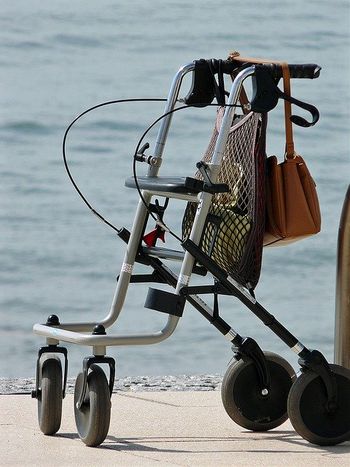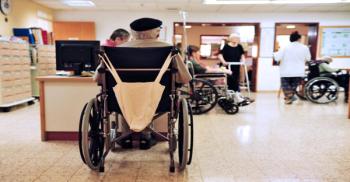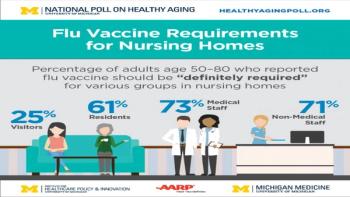
Nancy Moureau, PhD, RN, CRNI, CPUI, VA-BC: “We see the competency of a vascular access specialist or team validated by the outcomes, by the level of infection with their patients, with other complications that may be present.”

Nancy Moureau, PhD, RN, CRNI, CPUI, VA-BC: “We see the competency of a vascular access specialist or team validated by the outcomes, by the level of infection with their patients, with other complications that may be present.”

Infection control at LTCFs needs to be a balanced approach that addresses the risk of infection, and not just the treatment of infection. Money is saved when this approach is used.

Many healthcare facilities, not only LTCFs, have turned to online training for staff and then designate the employee as competent to do their job. Online training does not prove competency; it provides training.

Most likely the COVID death count of nursing homes will mount as more information comes to light, as only about 80% of the nation’s approximately 15,400 nursing homes have reported their data.

The media, public health officials, and politicians are accused of being too quick to find fault with nursing home providers.

These pathogens are relentless, they are evolutionarily programed to win, and they are currently doing just that.













With the U.S. healthcare reform mandate for increasing transparency and improved quality, the need for infection prevention and control in long-term care facilities (LTCFs) is becoming more critical than ever before for the more than 3 million Americans receiving geriatric care in U.S. annually. Consider these facts regarding infection in long-term care: • An estimated 1.6 million to 3.8 million infections occur in long-term care facilities each year. • More than 1.5 million people live in 16,000 nursing homes in the United States. Estimates suggest infections could result in as many as 380,000 deaths among those residents each year. • The nursing home population is expected to increase to about 5.3 million people by 2030.






Transfers of nursing home residents to and from the hospital frequently expose these frail, older adults to medication errors and poor follow-up care resulting in near or serious harm to 1 in 4 nationwide.